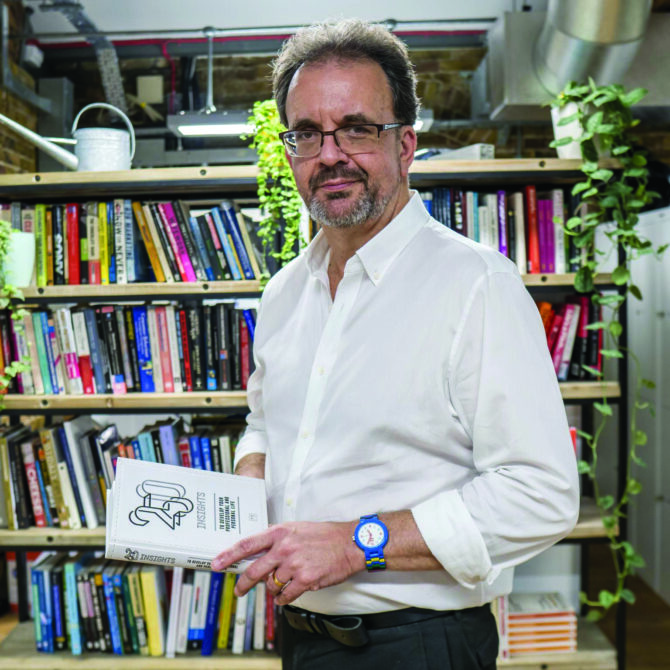The battle for supremacy in last-mile logistics is driving change far beyond the home-delivery market.
“I want it all and I want it now.”
Not only was Queen one of the world’s biggest rock bands, the band members clearly had a side hustle in futurology. Their 1989 song lyric stands as a pretty good description of our attitudes to retail and grocery delivery in 2022 – and an explanation of the rise of last-mile logistics.
As Amy Webb, founder of the Future Today Institute, has written, “It’s hard to get excited about logistics.” But that is changing, and for good reason. The last mile is “a vital link to your customers”, writes Webb: “creating a new version of it means huge savings and opportunities.”
People are more accustomed than ever to buying online and are being enticed to spend even more by ever-shortening delivery times. Take the food sector. Covid accelerated the home-delivery market for restaurants, which had to pivot and find ways of getting their meals to us. Other parts of the food market followed suit. We’ve seen the rapid growth of make-it-yourself ‘home feast’ meal kits, and now the focus has shifted onto grocery and alcohol home-delivery. In the UK, there has been an explosion of well-funded new brands like Getir and Gorilla, as well as growth in express services from established players like Uber, Tesco and Ocado, all of which are utilizing a newly formed battery-powered network of last-mile deliverers.
What is perhaps surprising is that so many of these services are all focusing on the same thing: speed. Brands are promising delivery in two hours, in under an hour, or even in as little as 20 minutes. The only exceptions to this largely undifferentiated plethora of pledges about pace are those brands which talk more about their delivery charge (or lack of), or how ‘green’ their deliveries are – a claim that’s turbocharging the growth in electric vehicles.
There are many other categories, brands and parts of society that will be affected by our need for speed. Yet despite the growing importance of last-mile logistics, woefully little infrastructure is being built to support it.
For towns and cities, understanding future levels of road traffic is vital. Many more countries will move to a more Danish or Dutch approach to road and town planning. Already, bike and scooter parks are replacing car parks in some cities; recharging stations will be needed at every corner. This in turn has huge implications for power generation and consumption – think of it not as the butterfly effect but the scooter effect, rippling across markets and countries.
At the same time, the triumph of online shopping over high-street retail is ever more visible in declining footfall. Predictions that town centres will become leisure- and hospitality-dominated are becoming a matter of fact, not conjecture. The once-fanciful predictions of a complete change in the role of stores, from retail outlets to showrooms, now seems inevitable. Stores will allow you to see, touch and feel what you are interested in buying, but purchasing will be online. And with everything being paid for online, it will be become even clearer that cash as we have known it is on its last legs – credit cards and online payments like Apple Pay will be dominant.
Is this ‘the new normal’? Hardly. As the famous saying goes, “When you’re through changing, you’re through.” The next wave of radical change will follow just as quickly. But for today’s brands, there are few hotter areas of competition than last-mile logistics.

